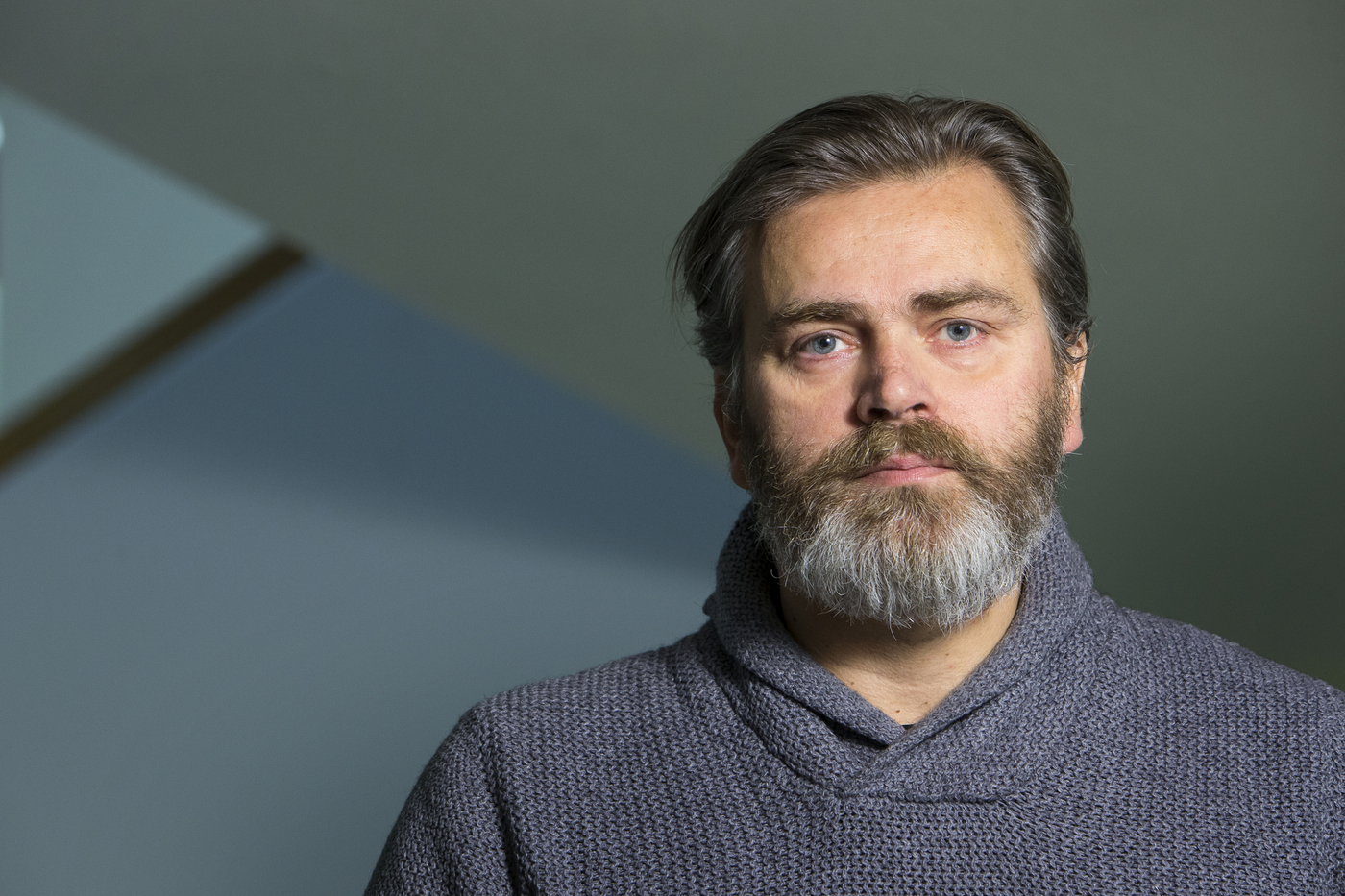In the small hours of 10 May 1940, British soldiers landed in Reykjavík. It was a fateful spring night that completely changed the course of history in Iceland. "Four military vessels docked at the harbour in Reykjavík early in the morning and before long the town was of soldiers," says the UI Web of Science.
The following period of military occupation had a significant impact on Icelandic history, development and the economy. The initial invasion force was around 2,000 soldiers, which was considered a huge number at that time. Still, it was a fraction of the numbers to come, as the occupying army swelled to around 25,000. The British were extremely busy from the outset. They needed to build housing for the soldiers and various military facilities. They also built roads and the airport in the Vatnsmýri area. In order to do all this, they required Icelandic labour. This so-called 'Brit work' boosted the Icelandic economy, which was then going through a period of depression. The British soldiers did not contain themselves to the capital area. For example, there was considerable activity in Reyðarfjörður, which is now home to a dedicated war museum. The Icelandic Wartime Museum was established in 1995, giving the public a chance to travel back to the time of the occupation. The museum presents snapshots of daily life in Iceland during the Second World War and provides an insight into the impact that the occupation had on the nation.
Vital collaboration between scholars and professionals
The museum studies programme at UI is an excellent example of how scholars and professionals can work together to identify new solutions to everyday problems. Indeed, one of the goals of the University's strategy, UI26, is to forge closer links between the University and communities. The museum studies programme has supported the Icelandic Wartime Museum in Reyðarfjörður in a number of ways over the last years. It was recently reported that the board of the Cultural Centre and Museum Institute of Fjarðabyggð had asked the director of the Museum Institute to look into inviting museum studies students to East Iceland to contribute their perspectives on the future of the Wartime Museum. One of the problems on which they have sought advice is a lack of space; the Wartime Museum owns a huge number of artefacts that there is simply no room to exhibit.
"We have previously had students from the Department of Museum Studies visit and they have contributed some very good ideas," said the Director of the Museum Institute, Pétur Þór Sörensson, in an interview with Austurfrétt.
The Icelandic Wartime Museum was established in 1995 in Reyðarfjörður and is visited regularly by museum studies students. "Each time, the groups have delivered a report that has been very useful for us. It's always good to get an outsider's opinion. It's always been really helpful, because they weigh up various options for the future," says Pétur Þór Sörensson, Director of the Museum Institute.

A mutually beneficial partnership
Sigurjón B. Hafsteinsson, professor of museum studies at UI, explains that in recent years the Department has been involved in a wide range of projects of this nature, with students travelling all over the country to support museums.
"Projects like this give students a unique opportunity to put their knowledge into practice, gain practical skills and make a real contribution to improving the work of museums and thereby the surrounding communities," says Sigurjón.
Pétur Þór explained to Austurfrétt that UI students have previously visited East Iceland three times, trips arranged by Sigurjón. "Each time, the groups have delivered a report that has been very useful for us. It's always good to get an outsider's opinion. It's always been really helpful, because they weigh up various options for the future."
Sigurjón says that it is very important to connect higher education directly to relevant professions. "Museum professionals get the opportunity to share their knowledge and experience, as well as an introduction to new trends and ideas in museum studies, through collaboration and dialogue with students and instructors. And the students acquire a valuable insight into a range of projects and the kind of day-to-day challenges that come up in museums," says Sigurjón.
Sigurjón argues that museums have never been so important, despite what some people might think in this age of digital revolution.
"There have never been more museums in the world, not least because communities have realised their potential to improve quality of life for people of all ages. People are becoming more and more aware that museums are in fact powerful places for boosting both education and public health. So museums have been going from strength to strength."
Sigurjón says that museums also encourage mobility, whether people are travelling for professional reasons or for tourism. "Although the internet exists, people still seek out that physical proximity and the experience that a museum offers."
Museums are a public service
Sigurjón argues that museums are community institutions and that a degree in museum studies from UI is in fact about services to museums and the communities in which they operate.
"We have said that this is a service training programme, but it is based on a developed international pedagogical approach. We believe that students and instructors are taking social responsibility by engaging in these projects that make a difference in our society, enhancing citizens' wellbeing and quality of life. Our students' experiences and work are shared with society."
That is precisely what has been happening in Reyðarfjörður and will doubtless continue.




